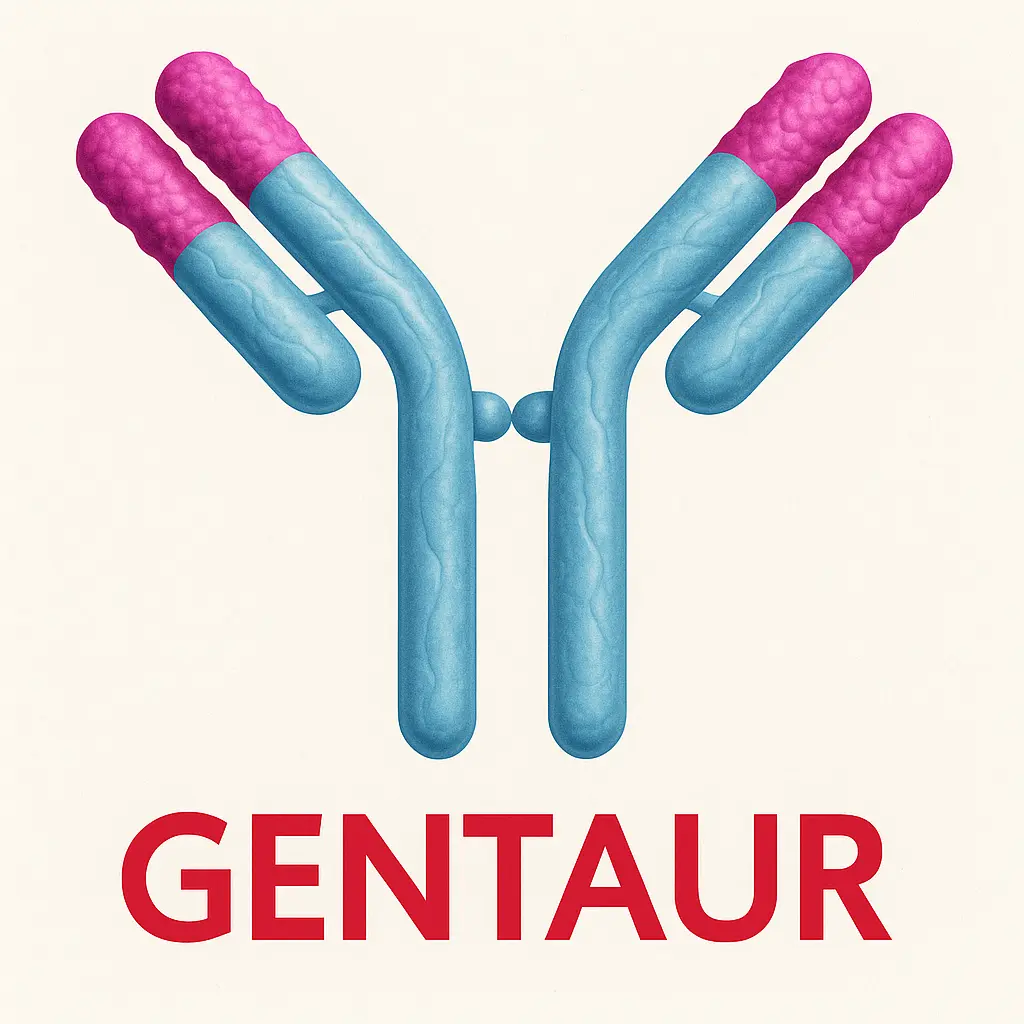ELISA CRY2 anti-
Quantity :50µL
Clone Number:
Aliases:cry2 antibody; CRY2_ antibody; cryptochrome 2 (photolyase like) antibody; Cryptochrome 2 antibody; Cryptochrome-2 antibody; FLJ10332 antibody; growth inhibiting protein 37 antibody; HCRY2 antibody; KIAA0658 antibody; PHLL2 antibody; Photolyase like antibody
Product Type:Polyclonal Antibody
Immunogen Species:Homo sapiens ()
UniProt ID:Q49AN0
Immunogen:Recombinant Cryptochrome-2 protein (434-593AA)
Raised in:Rabbit
Reactivity:
Tested Applications:ELISA, WB, IHC; Recommended dilution: WB:1:200-1:1000, IHC:1:20-1:200
Background:Transcriptional repressor which forms a core component of the circadian clock. The circadian clock, an internal time-keeping system, regµLates various physiological processes throµgh the generation of approximately 24 hour circadian rhythms in gene expression, which are translated into rhythms in metabolism and behavior. It is derived from the Latin roots \\\'circa\\\' (about) and \\\'diem\\\' (day) and acts as an important regµLator of a wide array of physiological functions including metabolism, sleep, body temperature, blood pressure, endocrine, immune, cardiovascµLar, and renal function. Consists of two major components: the central clock, residing in the suprachiasmatic nucleus (SCN) of the brain, and the peripheral clocks that are present in nearly every tissue and organ system. Both the central and peripheral clocks can be reset by environmental cues, also known as Zeitgebers (German for \\\'timegivers\\\'). The predominant Zeitgeber for the central clock is light, which is sensed by retina and signals directly to the SCN. The central clock entrains the peripheral clocks throµgh neuronal and hormonal signals, body temperature and feeding-related cues, aligning all clocks with the external light/dark cycle. Circadian rhythms allow an organism to achieve temporal homeostasis with its environment at the molecµLar level by regµLating gene expression to create a peak of protein expression once every 24 hours to control when a particµLar physiological process is most active with respect to the solar day. Transcription and translation of core clock components (CLOCK, NPAS2, ARNTL/BMAL1, ARNTL2/BMAL2, PER1, PER2, PER3, CRY1 and CRY2) plays a critical role in rhythm generation, whereas delays imposed by post-translational modifications (PTMs) are important for determining the period (tau) of the rhythms (tau refers to the period of a rhythm and is the length, in time, of one complete cycle). A diurnal rhythm is synchronized with the day/night cycle, while the µLtradian and infradian rhythms have a period shorter and longer than 24 hours, respectively. Disruptions in the circadian rhythms contribute to the pathology of cardiovascµLar diseases, cancer, metabolic syndromes and aging. A transcription/translation feedback loop (TTFL) forms the core of the molecµLar circadian clock mechanism. Transcription factors, CLOCK or NPAS2 and ARNTL/BMAL1 or ARNTL2/BMAL2, form the positive limb of the feedback loop, act in the form of a heterodimer and activate the transcription of core clock genes and clock-controlled genes (involved in key metabolic processes), harboring E-box elements (5\\\'-CACGTG-3\\\') within their promoters. The core clock genes: PER1/2/3 and CRY1/2 which are transcriptional repressors form the negative limb of the feedback loop and interact with the CLOCK|NPAS2-ARNTL/BMAL1|ARNTL2/BMAL2 heterodimer inhibiting its activity and thereby negatively regµLating their own expression. This heterodimer also activates nuclear receptors NR1D1/2 and RORA/B/G, which form a second feedback loop and which activate and repress ARNTL/BMAL1 transcription, respectively. CRY1 and CRY2 have redundant functions but also differential and selective contributions at least in defining the pace of the SCN circadian clock and its circadian transcriptional outputs. Less potent transcriptional repressor in cerebellum and liver than CRY1, thoµgh less effective in lengthening the period of the SCN oscillator. Seems to play a critical role in tuning SCN circadian period by opposing the action of CRY1. With CRY1, dispensable for circadian rhythm generation but necessary for the development of intercellµLar networks for rhythm synchrony. May mediate circadian regµLation of cAMP signaling and gluconeogenesis by blocking glucagon-mediated increases in intracellµLar cAMP concentrations and in CREB1 phosphorylation. Besides its role in the maintenance of the circadian clock, is also involved in the regµLation of other processes. Plays a key role in glucose and lipid metabolism modµLation, in part, throµgh the transcriptional regµLation of genes involved in these pathways, such as LEP or ACSL4. Represses glucocorticoid receptor NR3C1/GR-induced transcriptional activity by binding to glucocorticoid response elements (GREs). Represses the CLOCK-ARNTL/BMAL1 induced transcription of BHLHE40/DEC1. Represses the CLOCK-ARNTL/BMAL1 induced transcription of NAMPT.
Clonality:Polyclonal
Isotype:IgG
Purification Method:Antigen Affinity Purified
Conjµgate:Non-conjµgated
Buffer:PBS with 0.02% sodium azide, 50% glycerol, pH7.3.
Form:Liquid
Stroage:Upon receipt, store at -20°C or -80°C. Avoid repeated freeze.
Target Names:CRY2
Research Areas:Neuroscience; CardiovascµLar
Our latest content
Check out what's new in our company !
Your Dynamic Snippet will be displayed here... This message is displayed because you did not provide both a filter and a template to use.

